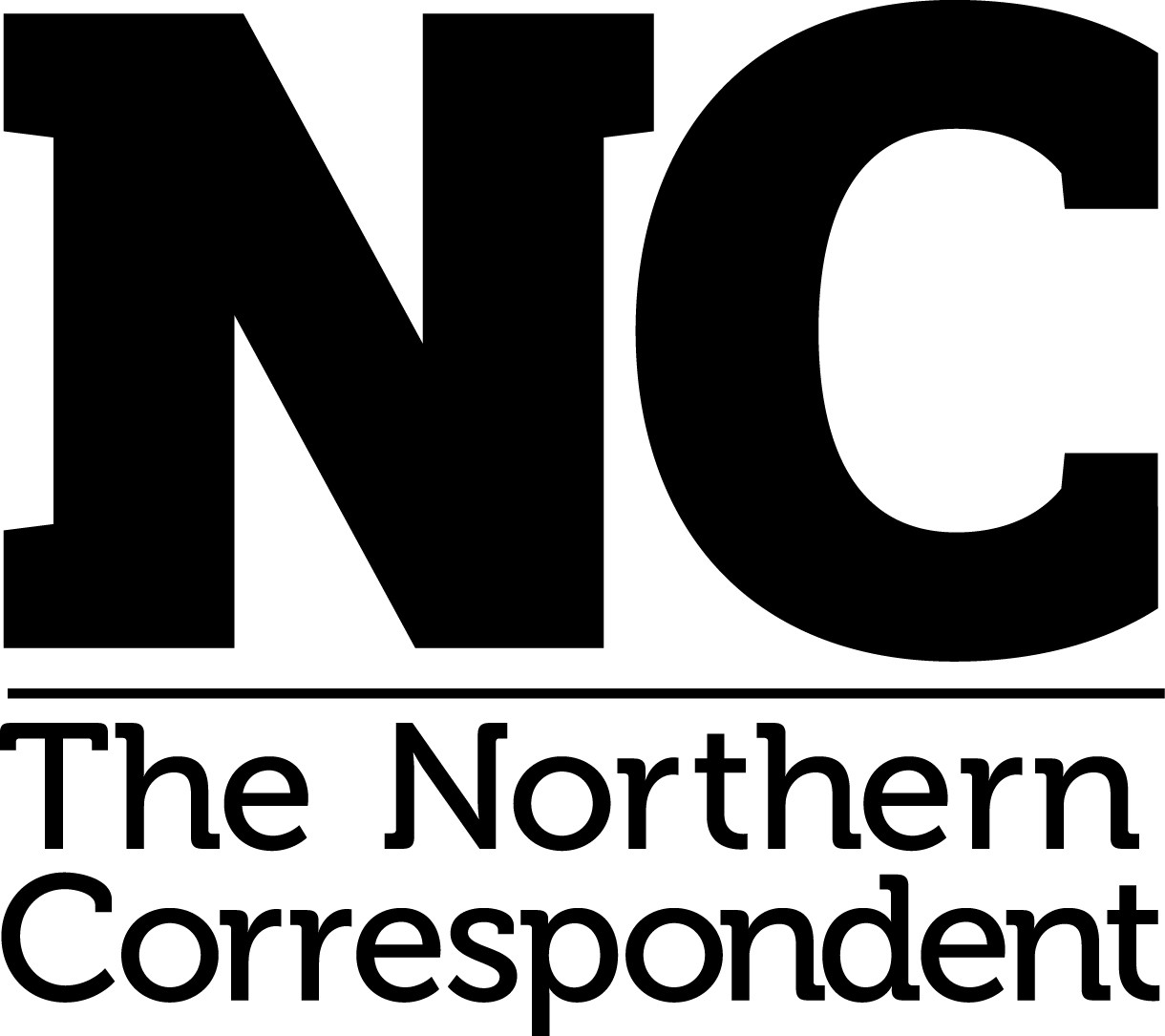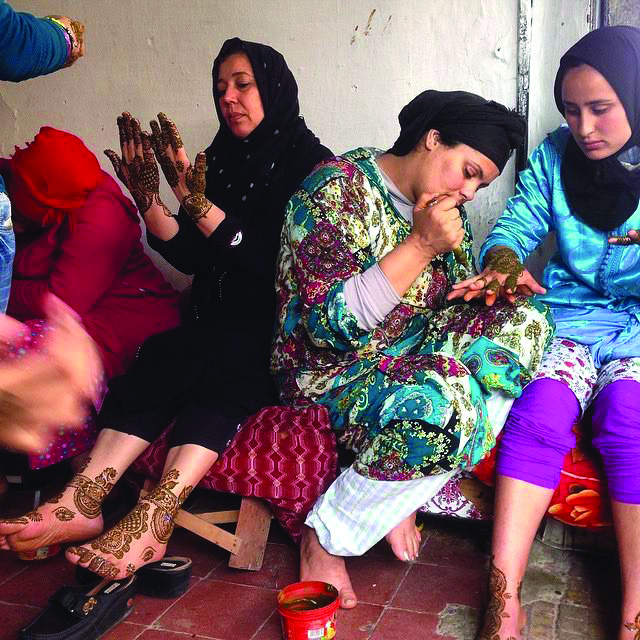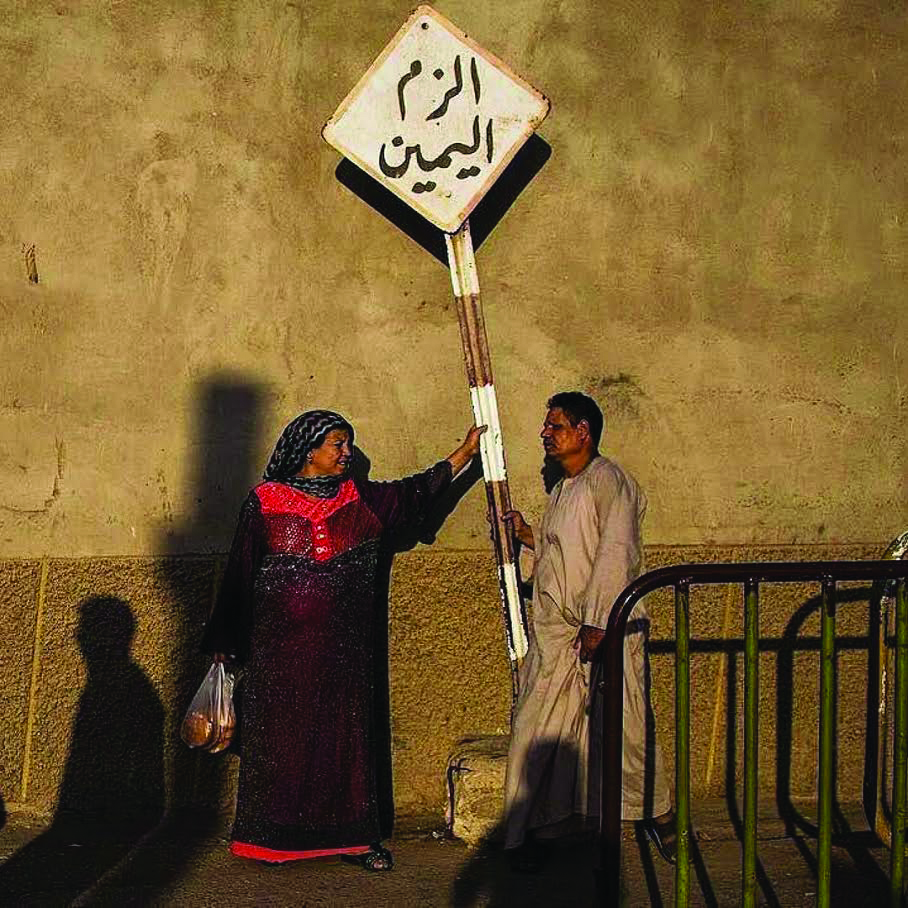The everyday lives of women in the Middle East are celebrated by the photographers who contribute to Lindsay Mackenzie’s Instagram account
When I finished my MA at Newcastle University and began working as a photojournalist in Tunisia in 2011, I saw that the mainstream media representation of the Middle East and North Africa was skewed toward extremes. Editors were interested only in images of bearded Salafi men protesting and women wearing niqabs, even though these people represent a tiny percentage of the population. I found that troubling, and that I was part of the problem; part of the misrepresentation of the region. If we ignore everything except the most extreme people and issues, the overall image we give outside viewers is not accurate.
I find it odd that the media is obsessed with accuracy on a micro level – names and facts are checked as part of the reporting process – but we don’t seem to be worried about the accuracy of the macro level, the overall picture we portray of a group of people or of a region.
Everyday Middle East is a small, personal response that tries to balance the visual representation of the region. I wanted to create a space for photographers who live and work in the Middle East and North Africa to be able to publish “everyday” images that may not otherwise be seen.
I’ve been encouraged that many of our photographers are willing to share personal images and stories and to engage with our audience in the comments. It’s really satisfying when we see our followers learning something new or coming away with a broader perspective based on an image they’ve seen or a conversation they’ve had.
We are part of a larger network of Everyday projects who together are working to find new ways to empower storytellers, and to increase visual literacy through education projects. But we’re not pushing a specific agenda, and we’re not trying to, as a friend put it, “whistle past the graveyard” – to pretend that devastating things are not happening in the region. I’m now working in Erbil as a communications specialist for UNICEF Iraq, but I continue to ask photographers to portray their everyday, however they interpret that. Especially in today’s media environment, it’s important to elevate the everyday, the ordinary, the mundane.
[…]
Read more in The Northern Correspondent #9


